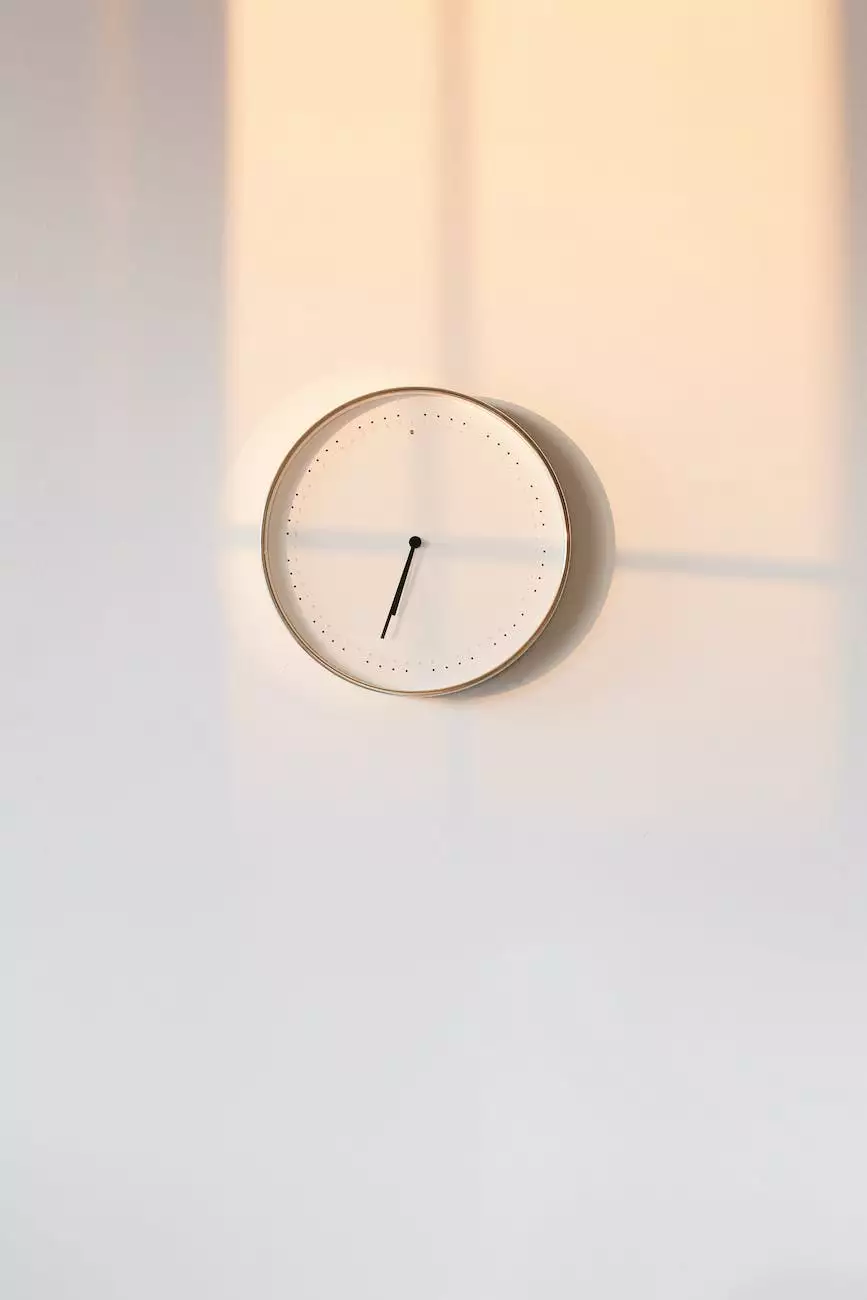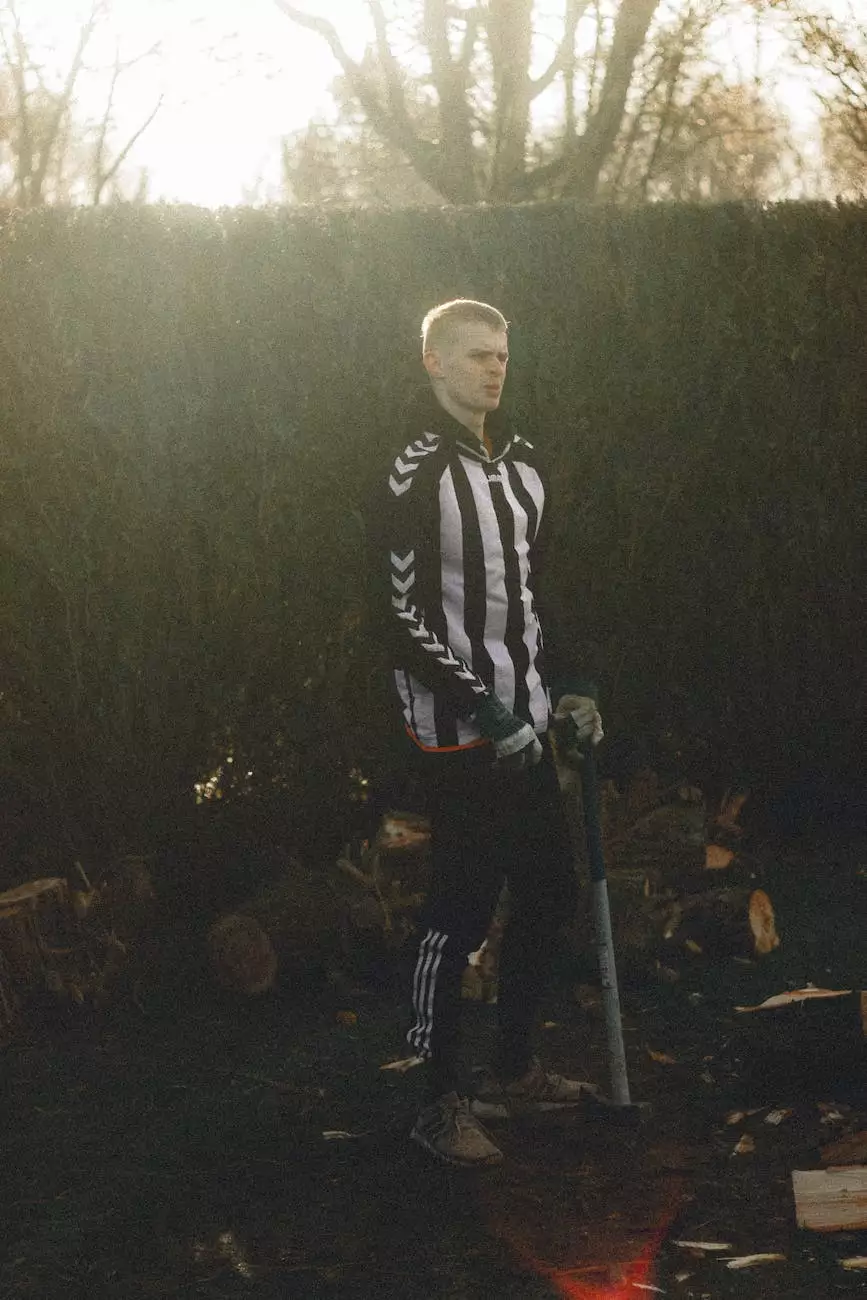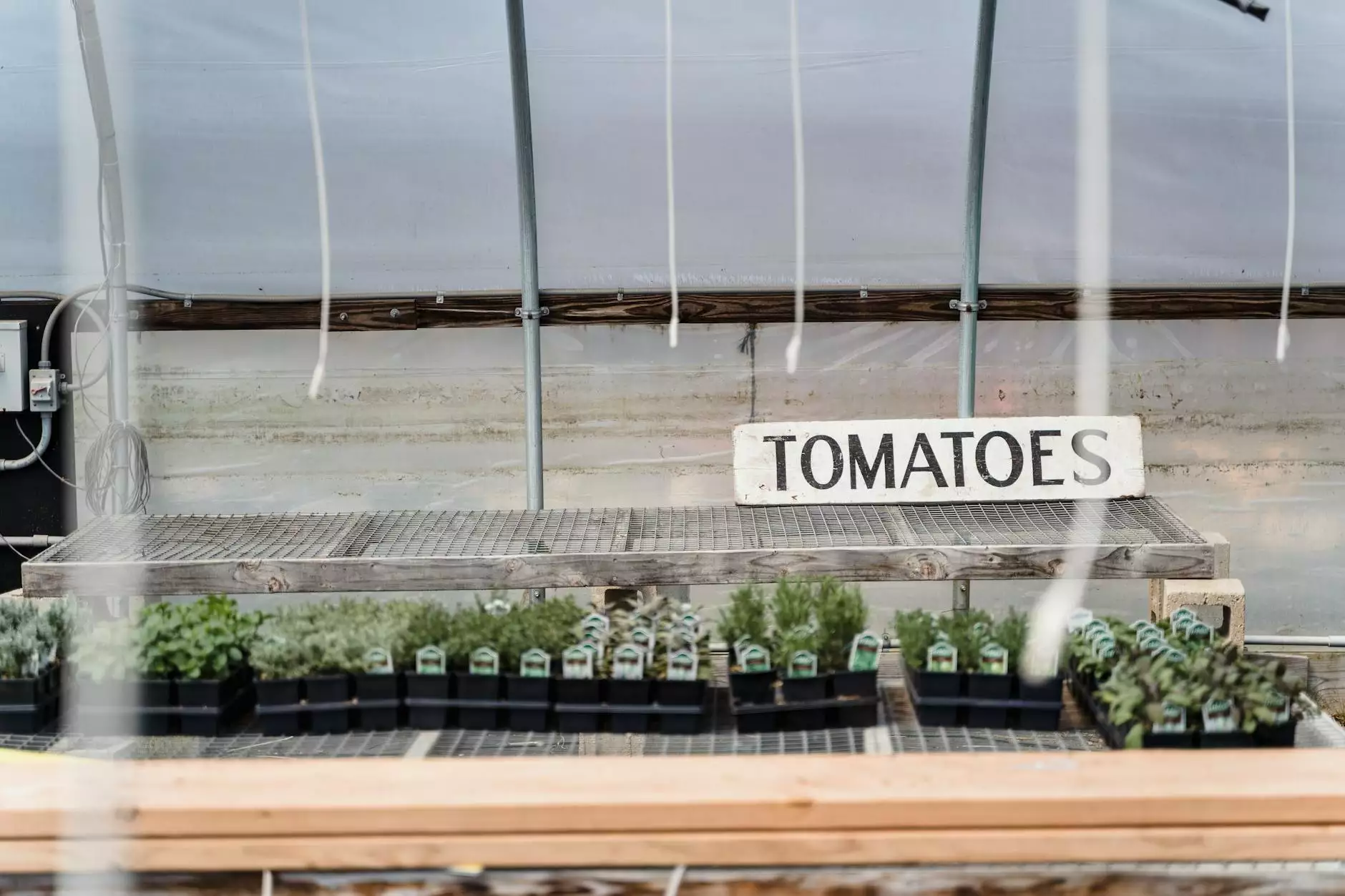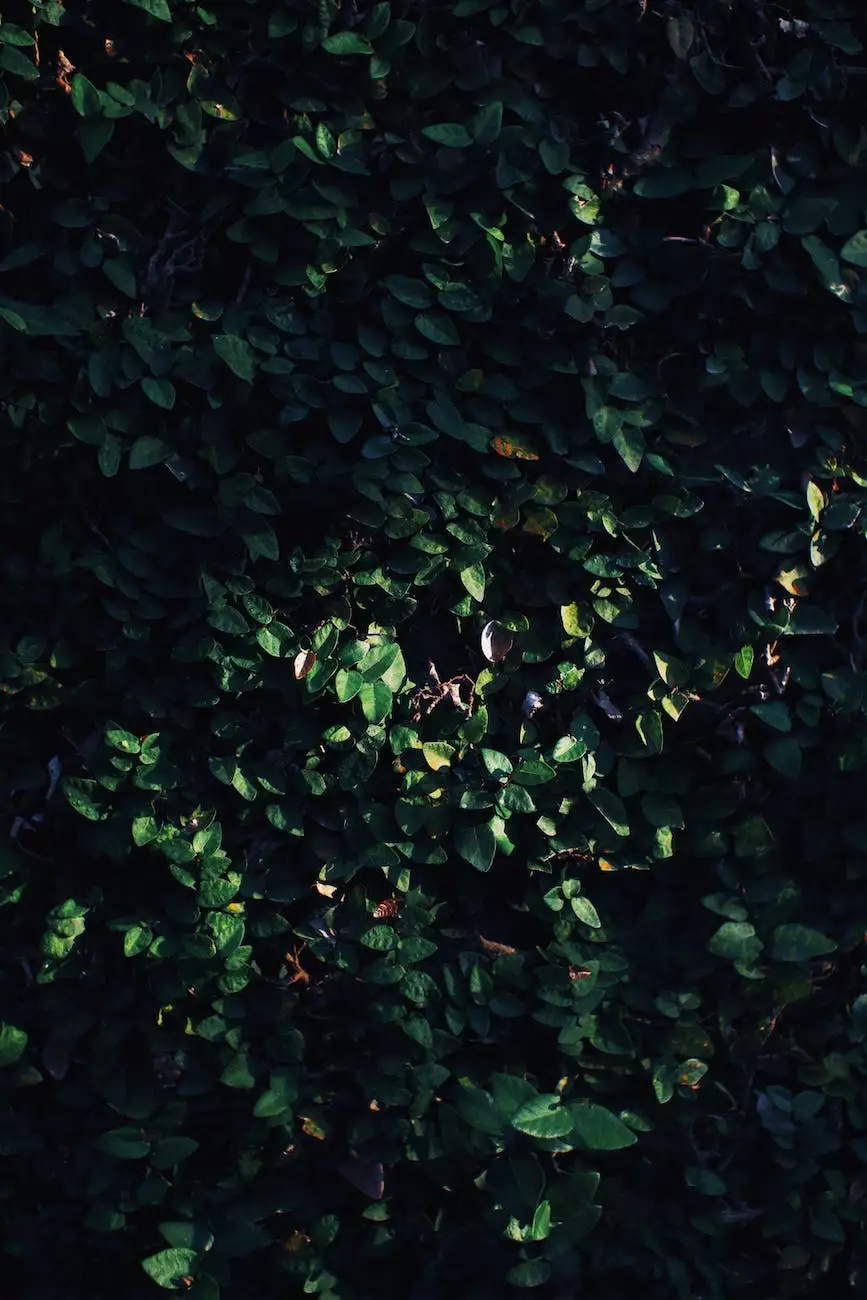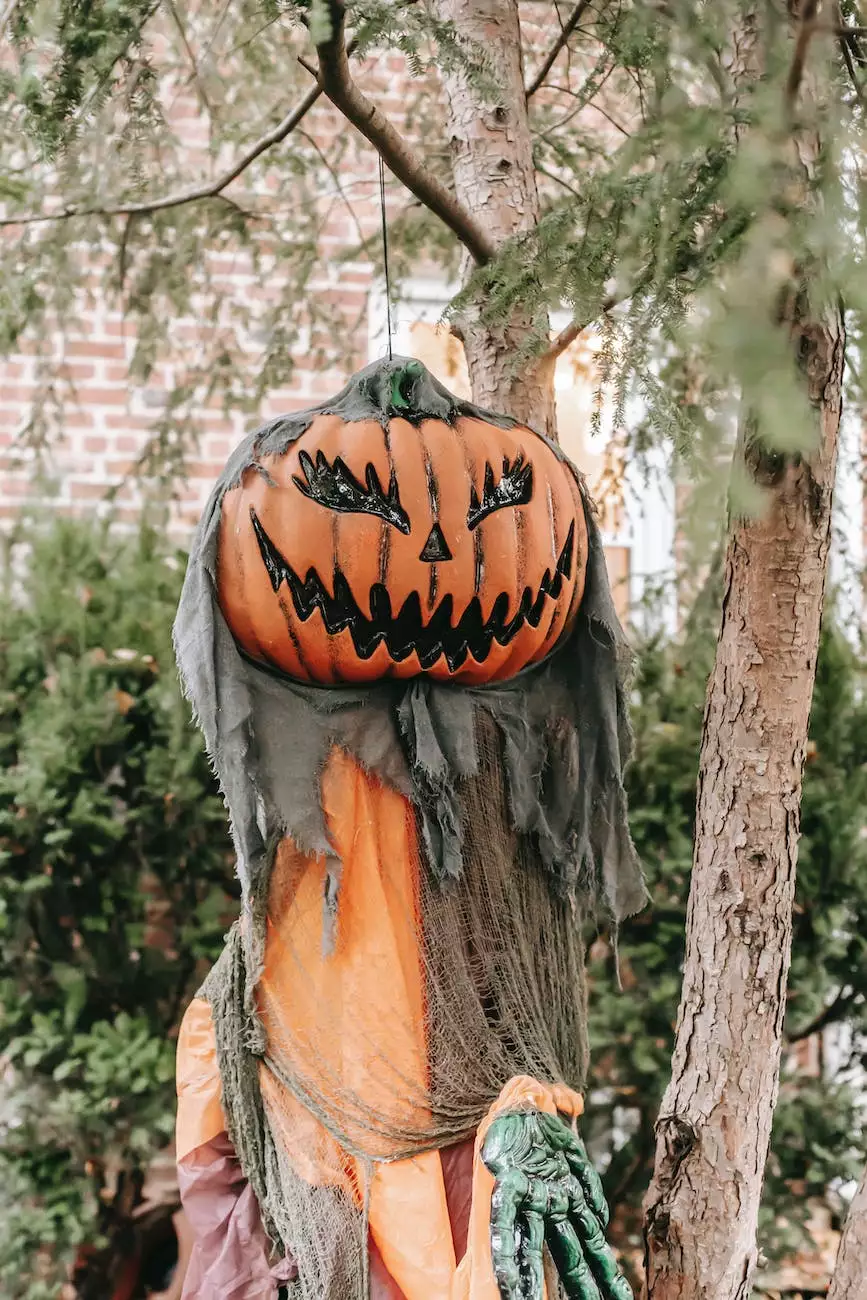How To Start Your Garden from Seeds: 2020 Iowa Seed Starting Guide
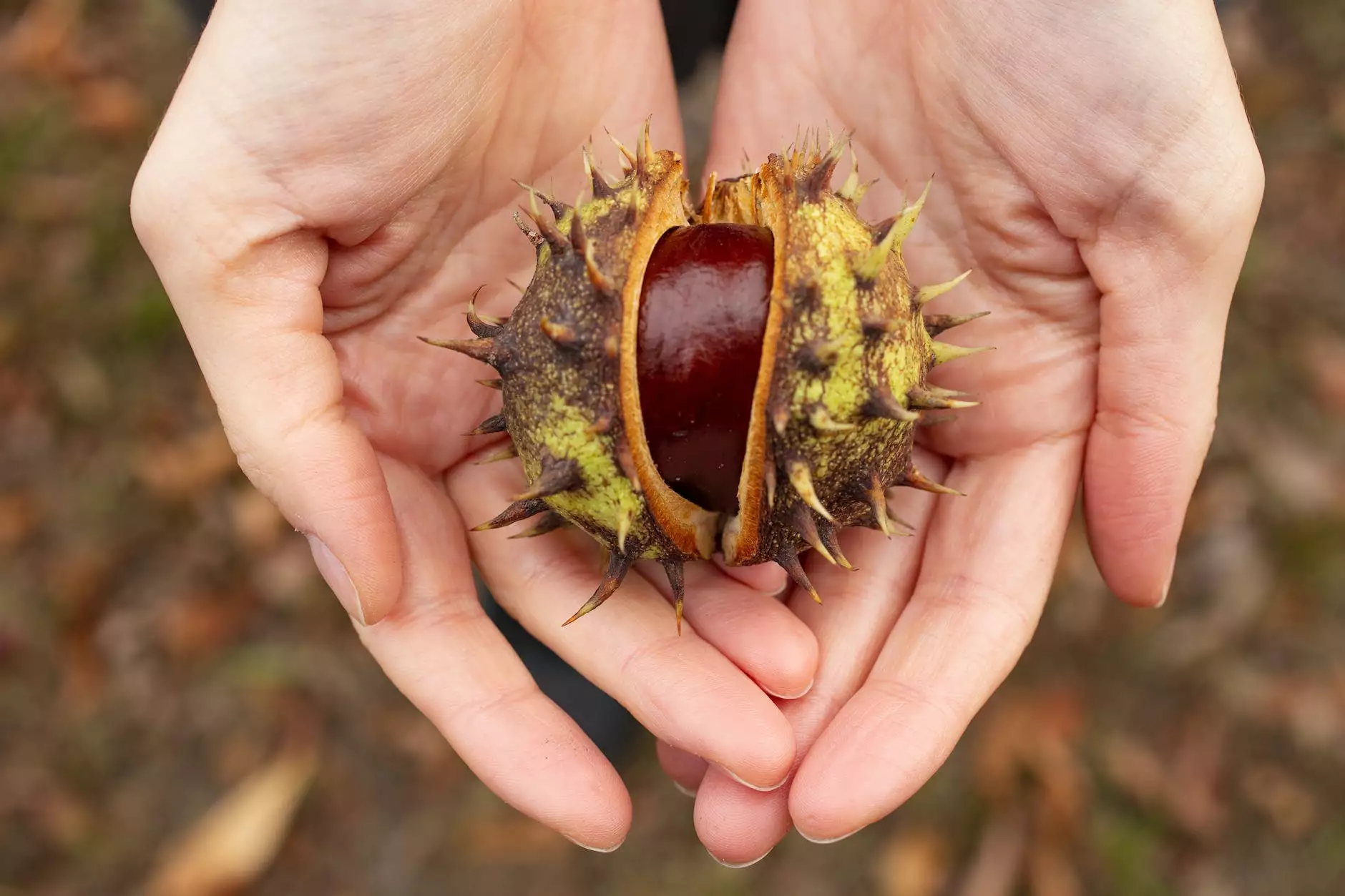
Introduction
Welcome to Cutting Hedge Services, your go-to resource for expert gardening advice. In this article, we will guide you through the process of starting your garden from seeds, specifically tailored for the 2020 Iowa climate. Whether you are a seasoned gardener or a beginner, our comprehensive seed starting guide will equip you with the knowledge and tips needed for a successful growing season.
Why Start Your Garden from Seeds?
Starting your garden from seeds offers numerous advantages. First, it allows you to choose from a wide variety of plants, including heirloom and rare species, that may not be readily available as nursery-grown seedlings. Second, it is a cost-effective method, as seeds are generally more affordable than buying mature plants. Lastly, growing plants from seeds offers a fulfilling and rewarding experience, watching them progress from tiny seeds to flourishing plants.
Choosing the Right Seeds
Before you begin your seed starting journey, it's essential to choose the right seeds for your garden. Consider factors such as the Iowa climate, your gardening goals, and the needs of the plants you wish to grow. Select seeds that are suitable for your region and have a good germination rate.
Seeds for Different Plant Types
There are three main types of plants: annuals, perennials, and biennials. Annuals complete their life cycle within one year, while perennials live for several years, and biennials require two years to complete their cycle. Identify which type of plants you want to grow and choose seeds accordingly.
Consider the Iowa Climate
Iowa experiences a continental climate, characterized by hot summers and cold winters. Be sure to select seeds that are suitable for this specific climatic condition. Look for varieties that have been bred or adapted for the Iowa region to ensure better chances of success.
Preparing the Soil
Proper soil preparation is crucial for seed germination and healthy plant growth. Start by testing your soil's pH level and make any necessary adjustments to ensure optimal conditions for your seeds. Remove any weeds or debris from the planting area and incorporate organic matter, such as compost, to enhance soil fertility and structure.
Seed Starting Methods
1. Direct Sowing
Direct sowing involves planting seeds directly into the ground once the soil has warmed up and all frost has passed. This method is suitable for hardy plants that can tolerate cooler temperatures and have a shorter growing season. Identify the ideal window for direct sowing based on the specific planting instructions for your chosen seeds.
2. Indoor Seed Starting
Indoor seed starting allows you to get a head start on the growing season by starting your seeds indoors, protected from harsh weather conditions. Follow these steps for successful indoor seed starting:
- Select containers with drainage holes and fill them with a sterile seed starting mix.
- Moisten the seed starting mix before sowing the seeds. Follow the specific instructions on the seed packets for the appropriate planting depth and spacing.
- Provide adequate warmth and light for the seeds to germinate. Using a grow light or placing the containers near a south-facing window can help promote healthy growth.
- Regularly monitor and water the seedlings, ensuring the soil remains moist but not waterlogged.
- As the seedlings develop, gradually acclimate them to outdoor conditions by exposing them to increasing amounts of sunlight and outdoor temperatures.
- Transplant the seedlings into the garden once all threats of frost have passed and the plants have become sturdy enough to handle the transition.
Caring for Seedlings
Once your seedlings emerge, they require proper care to thrive. Consider these essential care tips:
- Water the seedlings regularly, keeping the soil consistently moist but not waterlogged.
- Provide adequate sunlight or artificial light for at least 12-14 hours a day, depending on the specific plant requirements.
- Monitor for signs of disease or pest infestations and take appropriate measures to protect your seedlings.
- Gradually introduce organic fertilizers to provide essential nutrients for healthy growth.
- Thin out overcrowded seedlings to ensure proper air circulation and reduce competition for resources.
Transplanting Seedlings
When your seedlings have grown to a suitable size and the weather conditions are favorable, it's time to transplant them into your garden. Follow these steps for successful transplanting:
- Choose the appropriate location in your garden that meets the sunlight and soil requirements of the specific plants.
- Prepare the planting holes and space them according to the recommended spacing for your chosen plants.
- Carefully remove the seedlings from their containers, gently teasing out the roots if they are rootbound.
- Place the seedlings into their respective holes, ensuring they are at the same depth as they were in their containers.
- Fill the gaps around the seedlings with soil and firm it gently to secure the plants in place.
- Water the transplanted seedlings well and continue to provide proper care as they establish in their new location.
Conclusion
Congratulations on taking the first step towards starting your garden from seeds. With the help of our comprehensive 2020 Iowa Seed Starting Guide, you now have the knowledge and confidence to begin your gardening journey. Remember to choose the right seeds, prepare the soil, and provide proper care for your seedlings. Feel free to reach out to Cutting Hedge Services for more gardening tips and expert guidance throughout the planting season. Happy gardening!



